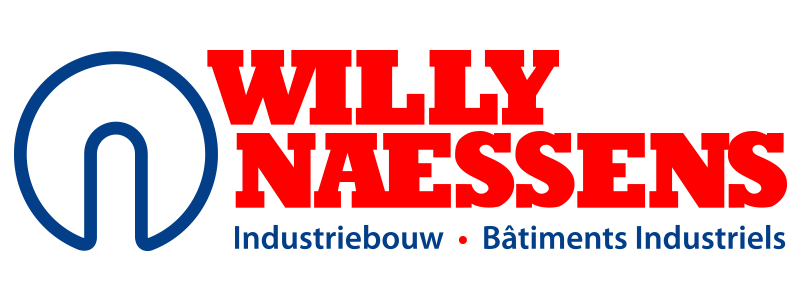Building for the food industry
The food industry is highly regulated, and so are the buildings they are in. The Willy Naessens Group has a number of food companies in its ranks. We’re inspired by our own production and distribution companies experience, which we use optimally in your food industry build.
What we can do for the food industry
Food companies and their buildings have specific needs that are embedded in the food industry. Food safety regulations play a very important part. Not all packaging types are suitable and hair nets are common practice. Certain special regulations also mean buildings need to meet these requirements. The three main ingredients are always multi-functionality, food safety and sustainability.
What do we take into account on a food industry build?
1. A multi-functional interior
Multi-functionality is key in the food industry. On a structural level, there won’t be any notable differences. For the interior work, a larger number of boxes need to be ticked. We may need to work with insulated clear panels to construct clean rooms.
The same goes for modular refrigeration units. Ideally, we’d take future business processes into account: the walls, doors and ceilings need to be easily interchangeable to expand or structurally adjust rooms.
For example: More and more industrial building companies are choosing modular prefabricated concrete. By using various panels, custom production areas can be easily assembled and reassembled. The building can also be easily adjusted for a later sale or the rental market.
2. Building towards food safety
Food safety and hygiene zoning is very important in the food industry. We don’t just choose the right building method, we also make sure to use the safest materials. The subdivision of the production environment into various hygiene zones is crucial. We also take (inter)national food safety and allergen regulations into account.
We’ve also noticed food defence is becoming more important. Buildings need to be equipped to deal with sabotage, infiltration and acts of terror.
Food safety is becoming more than just using safe materials.
A well known example is the air pressure system. These are usually chosen to suit the production area needs. When choosing a suitable indoor climate, we look at both food safety and comfortable work conditions. And finally, the security measures that restrict access to production areas without contradicting fire safety regulations.
3. Optimisation and the test of time
Every company in the food industry needs basic facilities. Without losing sight of future expansion potential in the building and planning phase. Where can we put extra machines and what adjustments would be required?
To be able to answer those questions, flexibility and sustainability are key. Especially in a packaging department. This department is especially sensitive to the latest trends. From the first pencil marks in the design phase, we’ll be taking future changes in the logistics and production process into account.
Willy Naessens Industrial Buildings can help you tackle these queries and answer all your questions throughout the process.
Building plans for your business?
We’re here to answer all your questions. Feel free to contact us to go over our options together.
